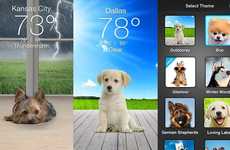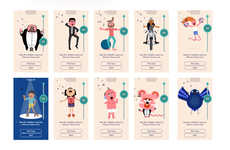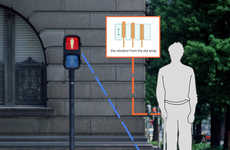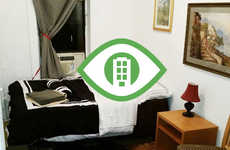
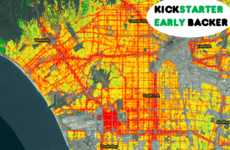


Apps that specialize in sound-mapping enhance accessibility and health
Implications - Sound mapping apps are becoming increasingly prevalent, and have applications in everything from helping individuals with visual impairments, to allowing individuals with noise sensitivities to avoid certain areas. Such apps are often crowdsourced and are evidence that a grassroots approach to social causes like accessibility is often the most effective way to create impactful change.
Workshop Question - How can your brand better empower consumers seeking to enact change?
Trend Themes
1. Crowdsourcing Sound Mapping - As sound mapping apps become more prevalent, there is an opportunity for businesses to harness crowdsourcing data to measure noise levels in different environments.
2. Assistive Technologies for Visual Impairment - The development of technologies that interpret and narrate the environment for those who are visually impaired has disrupted industries across the board from personal navigation apps to intellectual property security.
3. Location-based Sound-mapping Services - There is an opportunity for businesses to develop and capitalize on sound-mapping apps that allow users to locate restaurants, bars and cafes based on their noise levels from others' data.
Industry Implications
1. Real Estate - With the development of noise-scoring platforms, prospective buyers/renters can receive more comprehensive information on the noises that affect housing prices and suitability for those with noise sensitivities.
2. Accessibility - Apps and technologies that cater to individuals with disabilities are growing fast and represent a major opportunity for businesses who can tap into these markets.
3. Acoustics - With location-based sound mapping services and other sound management technologies, businesses who specialize in acoustics would be wise to leverage their expertise across the many applications of these modern services.


